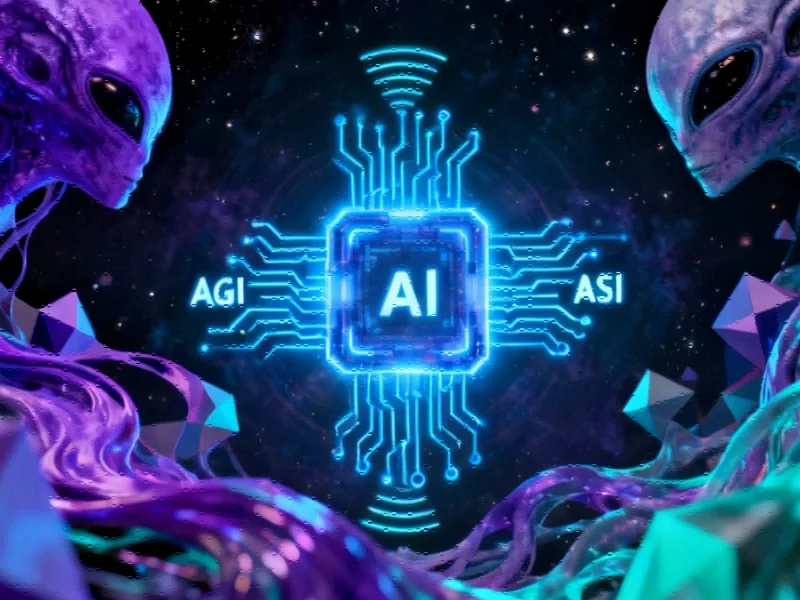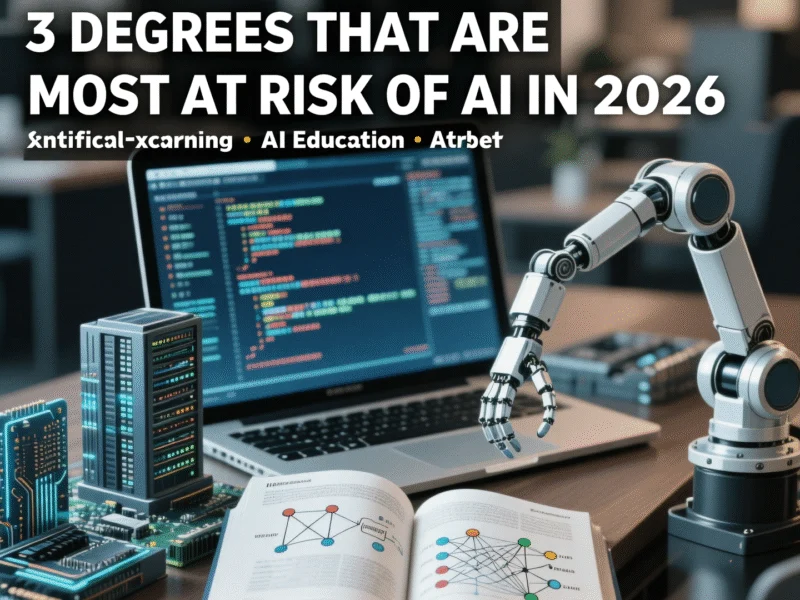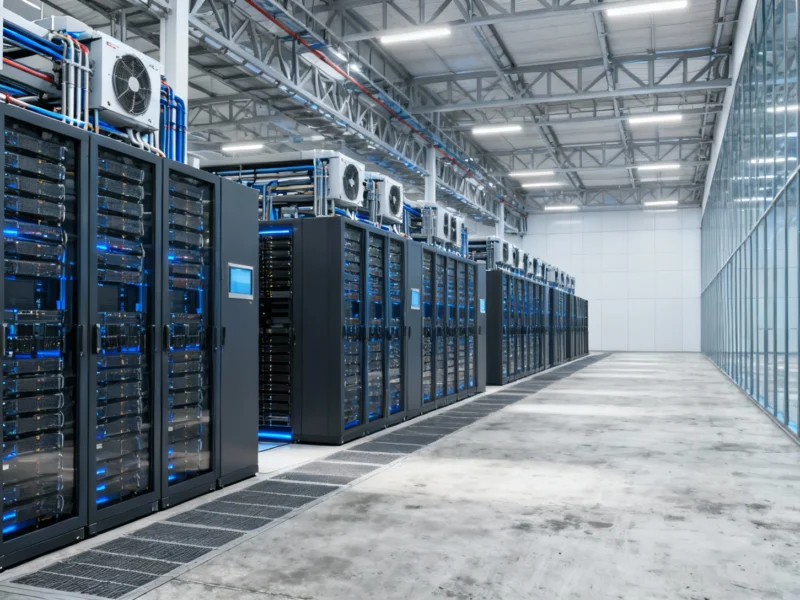The Shift From Experimental AI to Operational AI
As we approach 2026, the artificial intelligence landscape is undergoing a fundamental transformation. The era of flashy demonstrations and theoretical potential is giving way to a more sober, results-driven approach. Enterprises are no longer asking “What can AI do?” but rather “What should AI do for our business?” This represents a significant maturation in how organizations approach technology adoption, moving from curiosity-driven experimentation to value-focused implementation.
The transition mirrors what we’ve seen with other transformative technologies throughout history. Just as e-commerce evolved from novelty to necessity, AI is finding its rightful place as an operational tool rather than a magical solution. Companies that recognized this shift early are already reaping benefits, while those still chasing the hype are facing difficult questions from their boards and investors.
The CFO’s Growing Role in AI Investment Decisions
One of the most significant changes in the AI landscape is the increasing involvement of financial leadership in technology decisions. As AI implementations require substantial investment with clear return expectations, CFOs are being pulled into deals that were previously the domain of CTOs and innovation teams. This financial scrutiny is forcing vendors to move beyond vague promises and provide concrete evidence of value creation.
The heightened financial oversight reflects a broader AI market shift from hype cycle to practical enterprise applications that prioritizes measurable outcomes over technological marvels. Organizations are implementing stricter ROI frameworks and demanding clearer paths to profitability from their AI initiatives. This financial discipline, while sometimes frustrating for technology enthusiasts, is ultimately healthy for the ecosystem as it separates viable solutions from speculative ventures.
Building Agentic Ecosystems: Distributed Intelligence in Action
Forward-thinking enterprises are moving beyond single AI solutions to create interconnected ecosystems of specialized agents. Rather than betting everything on one vendor or platform, companies are distributing their investments across multiple AI capabilities that work in concert. This approach reduces dependency risk while allowing organizations to select best-in-class solutions for specific business functions.
These agentic ecosystems represent a sophisticated understanding of AI’s true potential. Instead of seeking a single artificial general intelligence, companies are building networks of specialized tools that handle everything from customer service to supply chain optimization. This distributed approach aligns with broader industry developments that emphasize resilience and adaptability in uncertain market conditions.
The Human Capital Transformation: Reskilling for the AI Era
As AI agents take over routine and repetitive tasks, enterprises face the challenge and opportunity of workforce transformation. The most successful organizations aren’t simply replacing human workers with algorithms—they’re strategically redeploying talent to higher-value activities. This requires significant investment in reskilling and upskilling programs that prepare employees for more creative, strategic, and oversight roles.
Companies leading this transition are implementing comprehensive AI fluency training at all organizational levels. From executives who need to understand AI’s strategic implications to frontline workers who will collaborate with AI systems, this educational investment is proving crucial for successful implementation. The transformation extends beyond technical skills to include critical thinking, ethical reasoning, and change management capabilities.
The Governance Imperative: Managing Risk in AI Deployment
As AI becomes more deeply embedded in business operations, governance has emerged as a critical concern. Savvy enterprises are establishing comprehensive AI governance frameworks that address ethical considerations, data privacy, security vulnerabilities, and compliance requirements. These frameworks are becoming essential for managing the complex risks associated with AI deployment while maintaining stakeholder trust.
The governance challenge extends beyond internal policies to encompass broader societal concerns. As organizations implement AI systems that affect customers, partners, and communities, they must consider the wider implications of their technology choices. This holistic approach to governance reflects lessons learned from previous technological transformations and represents a more mature understanding of corporate responsibility in the digital age.
Cross-Industry Applications: AI’s Expanding Footprint
The practical application of AI is spreading across diverse sectors, each with unique requirements and opportunities. In healthcare, we’re seeing related innovations that demonstrate AI’s potential to improve diagnostic accuracy and expand access to care. Similarly, environmental monitoring is being transformed by advanced computational approaches, including tools like Microsoft’s Planetary Computer that leverage AI for ecological insights.
The biotechnology sector offers another compelling example of AI’s practical value. Recent market trends show increasing collaboration between AI specialists and life science researchers to accelerate drug discovery and optimize agricultural production. Even seemingly unrelated fields like semiconductor manufacturing are experiencing transformation, with recent technology developments demonstrating how AI-driven optimization can improve production efficiency and product performance.
Navigating the Implementation Challenge
The transition from AI experimentation to operational integration presents numerous practical challenges. Organizations must develop implementation roadmaps that balance ambition with feasibility, addressing technical integration, data management, and organizational change simultaneously. The most successful implementations follow a phased approach that delivers incremental value while building organizational capability and confidence.
This methodical approach stands in stark contrast to the “big bang” implementations that characterized early AI adoption. Companies are learning that sustainable AI value comes not from dramatic transformations but from consistent, well-managed improvements to existing processes. This measured approach reduces risk while building the foundation for more ambitious future initiatives.
The Path Forward: Building Sustainable AI Capability
As we look toward 2026 and beyond, the organizations that will thrive in the AI era are those building sustainable capability rather than chasing short-term gains. This requires a balanced focus on technology, talent, and processes—creating an environment where AI can deliver consistent value while adapting to evolving business needs.
The most forward-thinking enterprises are already planning for the next phase of AI evolution, recognizing that today’s practical applications are merely the foundation for tomorrow’s innovations. By building strong governance, developing internal expertise, and maintaining a clear focus on business value, these organizations are positioning themselves to leverage AI as a sustainable competitive advantage rather than a temporary differentiator.
The AI reality check may be uncomfortable for some, but it represents a necessary maturation that will ultimately benefit both businesses and society. By moving beyond hype to focus on meaningful applications, we’re laying the groundwork for an AI-enabled future that delivers real value while managing real risks.
This article aggregates information from publicly available sources. All trademarks and copyrights belong to their respective owners.



